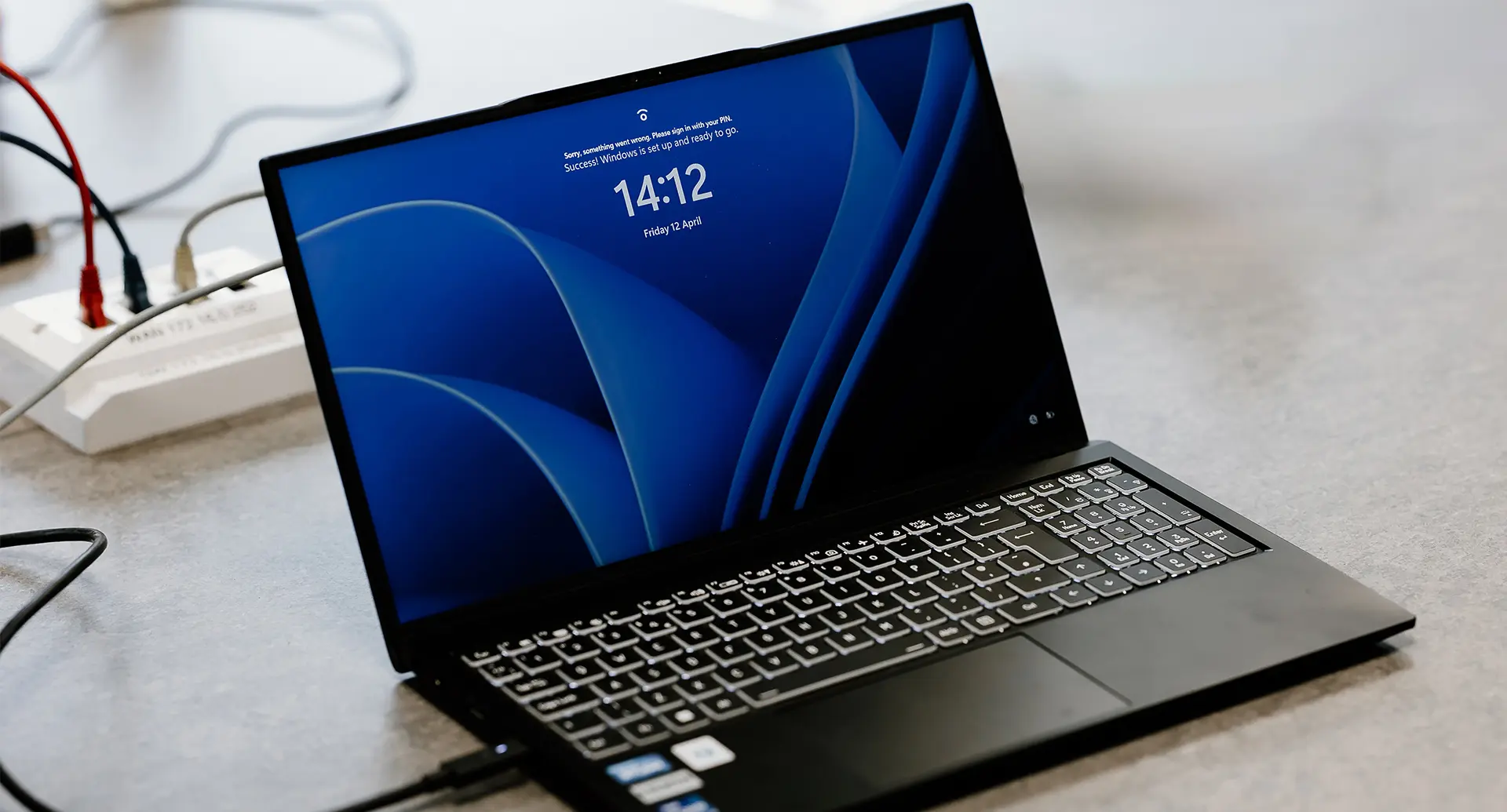As we navigate the ever-evolving landscape of technology, it is vital to stay updated on the lifecycle of the software and systems we rely on daily. A significant upcoming change in the technology ecosystem is the end of life (EOL) of Windows 10. For many, this will be the first time hearing about this transition, and it’s important to understand what this means for your operations and how you can prepare for what’s next.
Understanding Windows 10 End of Life
Windows 10, since its launch in July 2015, has been a cornerstone for business and personal computing across the globe. However, like all technology, it has a lifecycle, which includes an end of support or “end of life”. Microsoft has announced that Windows 10 will reach its end of life on 14 October 2025. After this date, Windows 10 will no longer receive updates or support, including critical security updates, from Microsoft.
The cessation of support raises significant security and compliance issues. Operating systems that do not receive regular updates are vulnerable to security threats, potentially putting business data and IT infrastructure at risk. Moreover, regulatory frameworks often require businesses to use supported software to meet compliance standards.
Preparing for the Transition
The transition from Windows 10 requires careful planning and consideration. Here are the steps you can take to prepare for this change:
- Assessment and Inventory: The first step in preparation is to assess your current IT environment. Identify how many devices are running Windows 10 and gauge the hardware’s readiness for an upgrade.
- Understanding Your Options: Post Windows 10, the primary route for many will be upgrading to Windows 11. This will depend on whether your current hardware meets the system requirements for Windows 11. If not, you might consider hardware upgrades or replacements.
- Developing a Migration Plan: Transitioning to a new operating system is not merely an upgrade but a critical shift that involves detailed planning. This includes managing data backups, application compatibility checks, and user training to adapt to the new system seamlessly.
- Timeline and Budgeting: Create a realistic timeline for the transition, factoring in the necessary budget allocations for hardware upgrades and software licensing. Early planning can help mitigate the financial impact of the transition.
- Continuous Monitoring and Support: Even after transitioning, continuous monitoring of your new system’s performance and security is crucial. Ensure you have the right support in place to address any issues promptly.
How We Can Help
As your managed service provider, we are here to guide you through every step of this transition. From conducting detailed assessments of your current infrastructure to implementing and supporting your new systems, we ensure a smooth and secure migration tailored to your specific business needs.
Next Steps
To ensure you are fully prepared for the Windows 10 end of life, your account manager will be in touch shortly to discuss your specific options and how we can assist further. Should you wish to address this matter sooner, please do not hesitate to contact us directly.
Navigating the end of life for Windows 10 is a significant milestone, and with the right preparation and support, you can transition smoothly and securely into the next generation of computing technology.


